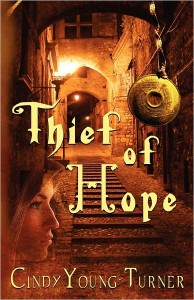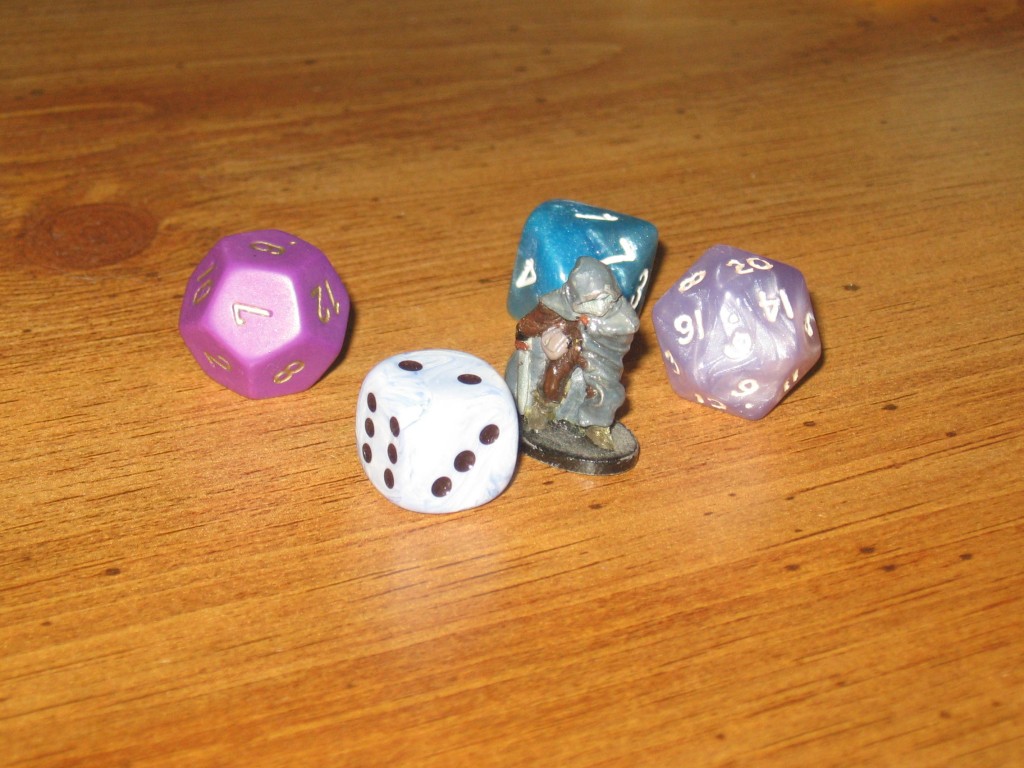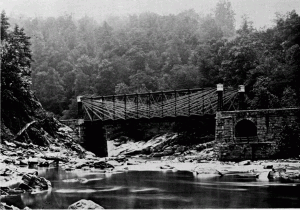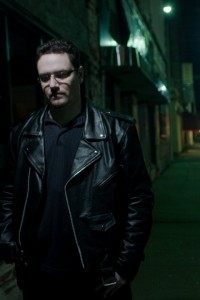 For a brief time, I was the only man around at Crescent Moon Press, but then Sean came in and stole the show. He is a machine. Writes, does social media, slays dragons, moves across the country, and yes, even agrees to chat with mysterious strangers in the night. His first novel, The Shadow of Tiamat, has been out for a while, and is currently teetering at the top of my to be read pile. Otherwise known as my house. We chatted, and he let me in on his marketing secrets, which revolve around the Victor M230 Ultimate Flea Trap. Just kidding, but his review is astoundingly hilarious.
For a brief time, I was the only man around at Crescent Moon Press, but then Sean came in and stole the show. He is a machine. Writes, does social media, slays dragons, moves across the country, and yes, even agrees to chat with mysterious strangers in the night. His first novel, The Shadow of Tiamat, has been out for a while, and is currently teetering at the top of my to be read pile. Otherwise known as my house. We chatted, and he let me in on his marketing secrets, which revolve around the Victor M230 Ultimate Flea Trap. Just kidding, but his review is astoundingly hilarious.
A little more about Sean. Not flea-related. Sean began working on the first book in the series in November of 2008, while still working full time for the State of Missouri. Though Sean has been writing most of his life, he did not consider writing professionally until he was inspired to do so by a terrible vampire movie. During the film, Sean amused himself by imagining the vampires being attacked by a dragon. Sean has remarked that he often does this when bored or annoyed–though sometimes he uses Vikings, zombies, or Cthulhu in place of dragons.
And a little more about The Shadow of Tiamat.
On a dark Ozark highway, two souls meet in tragedy and find their lives are connected to things bigger than them both. Megan Crunk, a social worker from Joplin, uncovers vampires preying on a small community. That same day, she meets Garrett, a fascinating stranger who is clearly more than he seems. But, as Meg slowly learns, so is she…
What is Garrett’s secret? Read on to find out. Let the interview begin!
Aaron: Let’s end the suspense. Garrett Terago is an ancient dragon. Okay, Sean, your book has something you don’t see every day. Dragons and vampires. You don’t have cowboys, but maybe I can work on some fanfiction. Were you a little afraid to mix monsters? And was this book the idea that came to you during the bad vampire movie you mention in your bio?
Sean: No cowboys yet. Funny you would mention that, because there is a funny part in the second book (coming out later this year) where Garrett actually puts on a cowboy hat. Meg does not approve.
I wasn’t afraid to mix monsters. The dragons and vampires are just the beginning. Like most urban fantasy books, the world in which they are set is full of all kinds of supernatural beasties, hiding under the surface. You don’t frequently see dragons as part of that, but it happens. Shadowrun, for example, has trolls, vampires, dragons, Sasquatch…all kinds of crazy s**t.
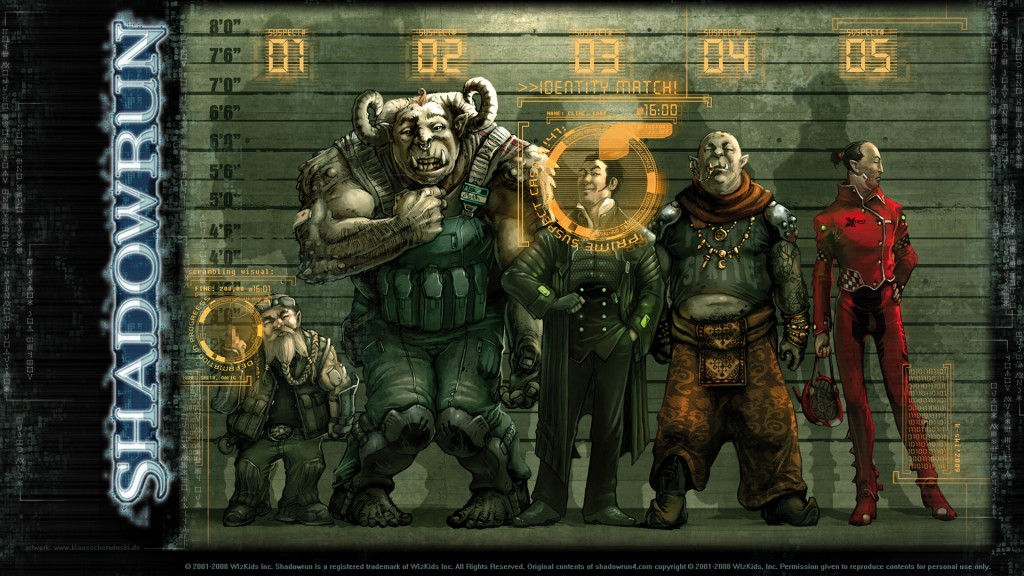 The initial sparks of the idea came to me during the movie. I wanted there to be dragons. I just had to figure out a way to make it work, and how they would interact with humans. I also decided that I needed to create an entire paradigm of the paranormal in my conceptual world, and that required determining how these creatures interacted with each other as well as humans. I decided that while most vampires are unaware of the existence of dragons, the dragons are well aware of vampires and don’t like them much—they see them as something like parasites…which in my books, they basically are.
The initial sparks of the idea came to me during the movie. I wanted there to be dragons. I just had to figure out a way to make it work, and how they would interact with humans. I also decided that I needed to create an entire paradigm of the paranormal in my conceptual world, and that required determining how these creatures interacted with each other as well as humans. I decided that while most vampires are unaware of the existence of dragons, the dragons are well aware of vampires and don’t like them much—they see them as something like parasites…which in my books, they basically are.
Aaron: Why do you think dragons have taken hold in our consciousness? Why vampires? Are there any similarities between the two? Since I like to answer my own questions, I would say, we are fascinated by vampires because we, as humans, must kill to survive. Even brussel sprout vegans. What do you think?
 Sean: I think dragons represent the awesome power of the unknown, and they embody a connection to our ancient past. Dragons are something that almost every culture on the Earth has always believed in, in one form or another. Knowing that makes them seem almost real, which in my opinion also makes it easier for readers to accept the idea that the legends are based in some kind of fact, which is the premise of The Dragon’s Blood Chronicles.
Sean: I think dragons represent the awesome power of the unknown, and they embody a connection to our ancient past. Dragons are something that almost every culture on the Earth has always believed in, in one form or another. Knowing that makes them seem almost real, which in my opinion also makes it easier for readers to accept the idea that the legends are based in some kind of fact, which is the premise of The Dragon’s Blood Chronicles.
Vampires are a bit different, I think. Vampires, at least in their modern form, are a romanticized ideal of eternal youth and beauty. Usually that entails some kind of sacrifice or loss. In many vampire works, this means they can no longer go out in the daylight or eventually outlive everyone they love. In my books, the vampires aren’t hurt by the sun but they do lose their humanity and become psychopaths.
Aaron: We talked, and you love your villain. What is it about your villain that you love? His clothes? His boots? His cute way of getting foam on his nose when he sips his latte?
Sean: HA! Veles Fraise would never drink a latte, foamy or otherwise. At over 17,000, Fraise is the oldest living dragon on Earth. He’s older than pottery. He has seen what humans have become, what they can do, and he does not like it. I think my favorite thing about Fraise is how identifiable his motives are. I understand why he’s doing what he’s doing. Think about it: if you had to share the Earth with humans, had to reel in your power and majesty just to keep from squashing a few of them, wouldn’t you get sick of having them around, too?
Aaron: How did you choose the name of your villain? For all of the names in your book, how do you choose the names? Do you research? Or do they just come to you?
Sean: Veles Fraise’s name was carefully chosen. One of the premises of my books is that when dragons make their existence known to humans, it changes the nature of their relationship. They are usually feared, often venerated and occasionally worshipped. Veles was a god in ancient Slavic paganism. The idea here is that Fraise, under the name Veles, was worshipped as a god by humans until such time as the dragons decided it would be better to stay out of sight. The name Fraise is a play on the name of the saint from that region: Saint Blaise. Despite the conversion, a cult of Saint Blaise spread in popularity in the Slavic region where Veles Fraise made his home. The cult ascribed many of the powers of the pagan god Veles to Saint Blaise. Veles Fraise thought it was amusing that he’d once been thought of as a god, now was thought of as a saint. He took the surname Fraise, which is an ancient word similar to Blaise used to describe a wall of spears. This is how dragon humor works: their jokes aren’t immediately apparent and—to humans—take so long to explain that they don’t really deliver. But the dragons get it right away and chuckle about it. This is significant for dragons, as Fraise is basically saying—with his name—that he detests humans so much that he’s willing to change his name, something dragons are very protective of, just to make fun of their religious beliefs. He really, really, really doesn’t like humans.
Aaron: Okay, last evil question. Here on out, just questions about fluffy white kittens and pink-frosting cupcakes. What are the positive aspects of your villain? Put another way, what aspects of your villain, if you removed all of his evil, would make a good hero?
Sean: The most positive thing about Fraise is that he isn’t a psychopath. He genuinely cares about other dragons and doesn’t want to fight them. He hopes to convince them to join him, and it pains him when he’s required to kill one to advance his goal. If humans didn’t exist, Fraise might not ever hurt anyone. Fraise loves and cares about other dragons, especially Garrett. It’s what makes him so interesting to write.
Aaron: How did you decide upon Tiamat? I was a big Dungeons and Dragons guy, so yeah, chromatic dragon, E.Gary Gygax, Tiamat, I’m with you. But Tiamat is an ancient name. Were you familiar with it before, or was this new?
Sean: I’ve been aware of Tiamat since I was a little kid watching the old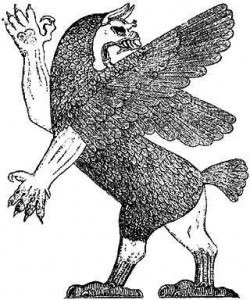 Dungeons and Dragons cartoon. I realize I’m dating myself by saying this, but I remember watching that cartoon when it first aired on Saturday mornings. I started learning about the “real” Tiamat a few years later. The inclusion of Tiamat as a quasi-religious figure for the dragon race came from this long tradition my friends and I have of shouting “Praise Tiamat!” sometimes when something good happens. So I already had it in mind that Tiamat would play an important role in the book, even though she is not a character in it. But for the record, my Tiamat only has the one head.
Dungeons and Dragons cartoon. I realize I’m dating myself by saying this, but I remember watching that cartoon when it first aired on Saturday mornings. I started learning about the “real” Tiamat a few years later. The inclusion of Tiamat as a quasi-religious figure for the dragon race came from this long tradition my friends and I have of shouting “Praise Tiamat!” sometimes when something good happens. So I already had it in mind that Tiamat would play an important role in the book, even though she is not a character in it. But for the record, my Tiamat only has the one head.
Aaron: How much mythology did you study for your book, and would you give Joseph Campbell a hug?
Sean: For the first book, not a lot. Most of it drew upon things I already knew just from being interested in that mythology for most of my life. There is considerably more in later books in the series.
I guess I’d hug Campbell. He seems like a nice enough fellow.
Aaron: Which parts of you are dragon and which parts of you are vampire? Feel free to get kinky, but not too kinky, I mean, like PG-13 kinky.
Sean: I’d like to say I’m all dragon, but really I’m not much of one. I’m not as fastidious or obsessed with beauty and vanity as they are, and I don’t consider hoarding wealth to be its own end. I like the power and the dragon outlook on life but other than that I’ve got little in common with them. For reasons that are revealed later, dragons are not creative. They appreciate beauty and art but can’t create it themselves. It’s like a disability for them. Personally, I don’t know how I’d go through life without being creative. I guess being able to turn into a gigantic, scaly, fire-breathing death machine might make up for that, but I’d still feel hollow.
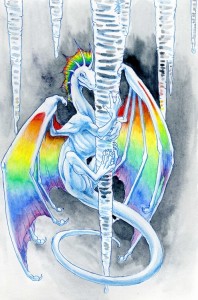
Visit Sean’s website
Like his Facebook page
Follow him on twitter


